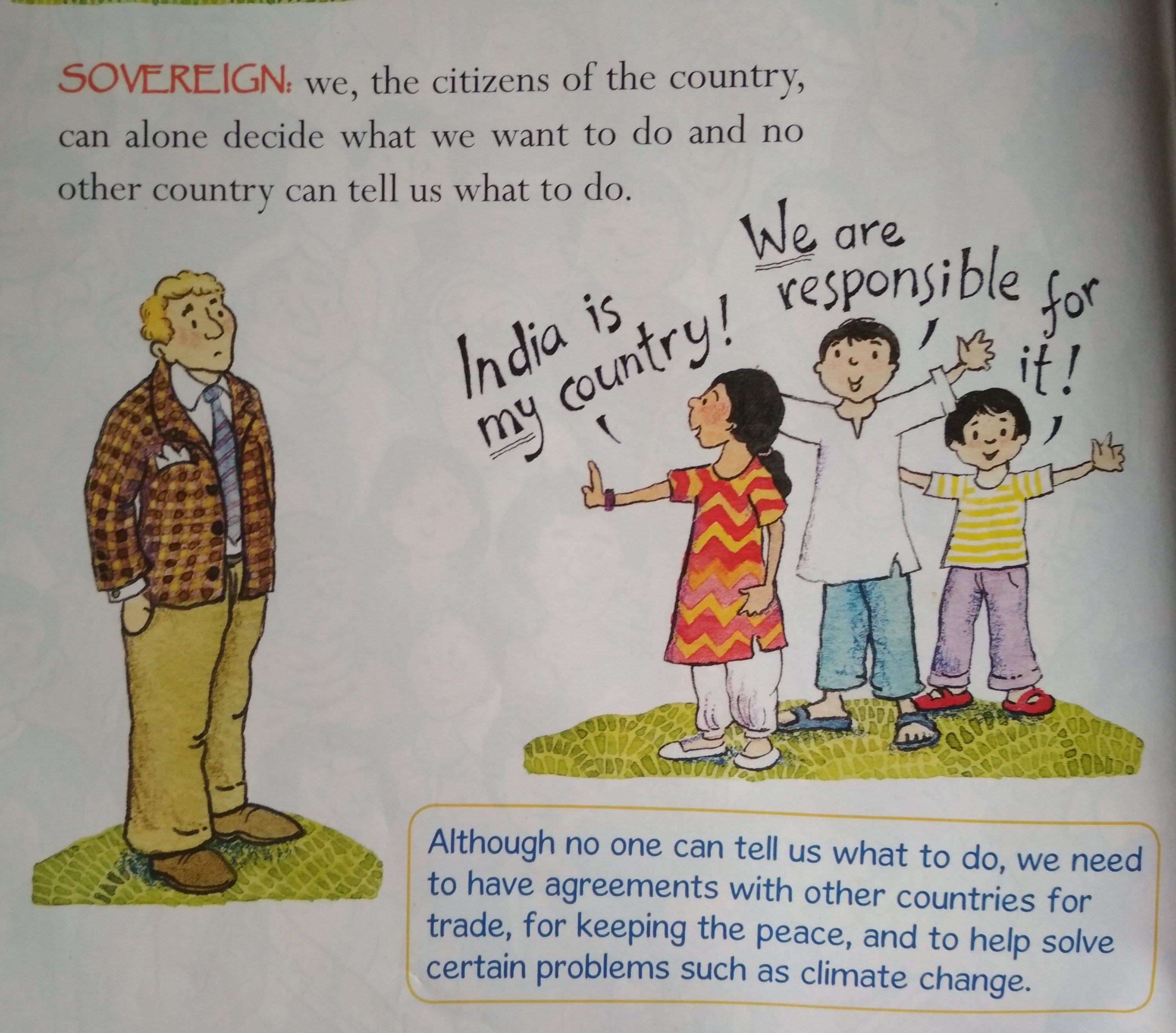We all love a holiday. Children love to ask questions. And quite often, questions about holidays!
When it comes to national holidays, our calendar in India has quite a bunch of them. And each of them come with interesting tales and fascinating snippets.
While it is easier to explain to a child the story and significance of Independence Day (15th August), it is a tad complicated to explain the purpose and significance of Republic Day (26th January).

Here’s where the lovely book “We the Children of India” by Leila Seth, published by Puffin Books comes in handy.
The book is written in a manner that helps children understand the background and context of Republic Day and the significance of the Indian Constitution, with a focus on the Preamble.
“Many years ago, perhaps even before your grandparents were born, India was a very different country to live in...” opens the book, in a manner children can instantly understand.
Touching very briefly upon the story of British occupation and the struggle for freedom, the book quickly goes on to the point where India becomes an independent nation.
“After we became independent, we decided to recognize certain things. Our National Anthem, Our Flag, Our National Emblem, Our National Bird…” and so on.

Thereafter it goes on to explain what the Constitution of India means.
“We also wrote a national book called the Constitution of India which contains all the ideas and rules that keep our country working. This is the most important book in our country.”
Given the background and context, it then goes on to explain the complex terms that form the bedrock of our Constitution.
Decoding the Jargon
Children as young as 5 and 6 are taught the Preamble in school. My own children recite the preamble with confidence, little knowing what they’re saying! When I stop and ask them the meaning of the words they rattle off like an express train, they stare at me blankly.
Clearly it’s not easy to explain words such as SOVEREIGN SOCIALIST SECULAR DEMOCRATIC REPUBLIC to 6-year-olds (one might well question the need to have children learn the Preamble by rote at such a young age in the first place – but that is a separate matter altogether).
Faced with these heavy-duty words, the book offers a parent with some help in unraveling these complex concepts for children.
It starts by explaining how India is a country of great diversity, having more than 1 billion people, speaking hundreds of languages, celebrating dozens of festivals, laying the ground for comprehending the need for a Constitution and the words in the Preamble.

In a simple way, it explains the difference between a Right and a Duty, a Monarchy and a Democracy, the Government and the Parliament.

The book thereafter goes on to explain the significance of 26th of January as the day on which the Constitution was signed and came into operation.
A few pages are also dedicated to the stalwarts who framed the Constitution, giving a brief glimpse into their life and contribution – but not an overdose of information.

While the book has been written for children aged 7 and above, I would think help from an adult would nevertheless be necessary for children below 10 to understand the complex ideas that the author has no doubt done her best to simplify.
A word about the Creators
The author of the work, Leila Seth, was the first woman judge of the Delhi High Court and the first lady to be Chief Justice of a High Court in India. Having retired as Chief Justice of Himachal Pradesh in 1992, she became involved with human rights activities and education.
The book is illustrated beautifully by Bindia Thapar, who calls herself an architect by training and an illustrator by choice.

At this point, I must thank my friend Sumathi Sridhar and her daughter Suchitra for giving my children this book. I can’t say my 7-year-olds understand the Preamble perfectly now, but it has certainly helped in beginning to unravel the puzzle for them. Sumathi also happens to be a guest blogger on my blog, and you can check out her article Why Krishna is Blue and also read her other Writings on Sumathi’s Blog on Mythology.
The Spirit of the Constitution
To end, we don’t want our children learning by rote without understanding or appreciating the meaning of things. The end of the book encapsulates the essence of the Constitution.
The book ends with a lovely poem, capturing the spirit of the Preamble, a part of which is reproduced below –
“Let’s be equal, just and free
Strong in our diversity:
free in thought and free in prayer,
free to dream and free to dare
…
This Republic Day then, here’s to the noble spirit enshrined in the Indian Constitution that guarantees us our freedoms! May our children go on to become torch bearers of those values.
——–
Looking for more stories about India? Sign up for the Monthly Newsletter to stay tuned.

Jamaal Wzorek
March 20, 2019 - 4:08 am ·I am glad to be one of the visitants on this outstanding web site (:, regards for putting up.
Mallika Ravikumar
March 24, 2019 - 6:50 am ·Thank you for your appreciation.
Nitika
January 27, 2020 - 8:54 am ·can we get this on amazon..it seems a good book for my kid. thanks for your review Mallika
mallikaravikumar
February 10, 2020 - 10:34 am ·Yes…I think it is available on Amazon.